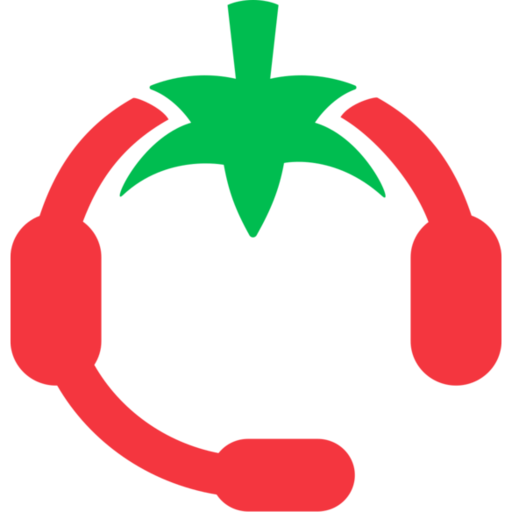What is Average Handle Time (AHT)?
Average Handle Time (AHT) is a key call center metric that measures the average duration of a customer interaction, including talk time, hold time, and After-Call Work (ACW). It helps assess call efficiency and agent productivity.
Why is AHT Important?
- Efficiency Indicator – Lower AHT means agents handle more calls per shift.
- Customer Experience – Shorter, effective calls lead to higher customer satisfaction.
- Operational Cost Management – Optimizing AHT reduces staffing costs.
How to Calculate AHT
The formula for AHT is:
AHT=Total Talk Time+Total Hold Time+Total ACW TimeTotal Number of Calls HandledAHT = \frac{\text{Total Talk Time} + \text{Total Hold Time} + \text{Total ACW Time}}{\text{Total Number of Calls Handled}}AHT=Total Number of Calls HandledTotal Talk Time+Total Hold Time+Total ACW Time
Example Calculation
- Total Talk Time: 3,000 minutes
- Total Hold Time: 500 minutes
- Total After-Call Work (ACW): 500 minutes
- Total Calls Handled: 1,000 calls
AHT=3,000+500+5001,000=4 minutes per callAHT = \frac{3,000 + 500 + 500}{1,000} = 4 \text{ minutes per call}AHT=1,0003,000+500+500=4 minutes per call
What is a Good AHT?
- Industry benchmarks vary, but a good AHT typically falls between 4 to 6 minutes, depending on the complexity of customer inquiries.
- Financial services: 4-5 minutes
- Technical support: 7-10 minutes
- E-commerce & retail: 3-4 minutes
Strategies to Improve AHT Without Hurting Quality
1. Improve Call Routing with ACD Systems
Using Automatic Call Distributor (ACD) systems ensures customers are connected to the right agents faster, reducing unnecessary call transfers.
2. Use IVR for Self-Service Options
Interactive Voice Response (IVR) helps customers resolve simple inquiries (e.g., balance checks, password resets) without an agent, lowering AHT.
3. Reduce Hold Time with Knowledge Bases
A Knowledge Base allows agents to quickly retrieve information, reducing the time spent searching for answers.
4. Optimize After-Call Work (ACW)
- Use AI-powered transcription tools to automate call summaries.
- Implement disposition codes to reduce manual data entry.
5. Train Agents in Effective Communication
- Encourage agents to ask targeted questions to resolve issues faster.
- Use call monitoring & coaching to identify speech patterns that slow down calls.
Challenges in Managing AHT
- Balancing Speed & Quality – A low AHT doesn’t always mean better service if issues aren’t properly resolved.
- Variability in Call Complexity – Some calls naturally take longer (e.g., tech support vs. general inquiries).
- Agent Stress & Burnout – Pushing for lower AHT without proper training can increase agent frustration.
Related Topics for Further Reading
- After-Call Work (ACW) – How ACW affects AHT and strategies to reduce it.
- Automatic Call Distributor (ACD) – How ACD improves call routing and reduces AHT.
- First Call Resolution (FCR) – Why resolving customer issues on the first call improves AHT.
- Call Monitoring & Coaching – How supervisors help agents optimize AHT without sacrificing service quality.

